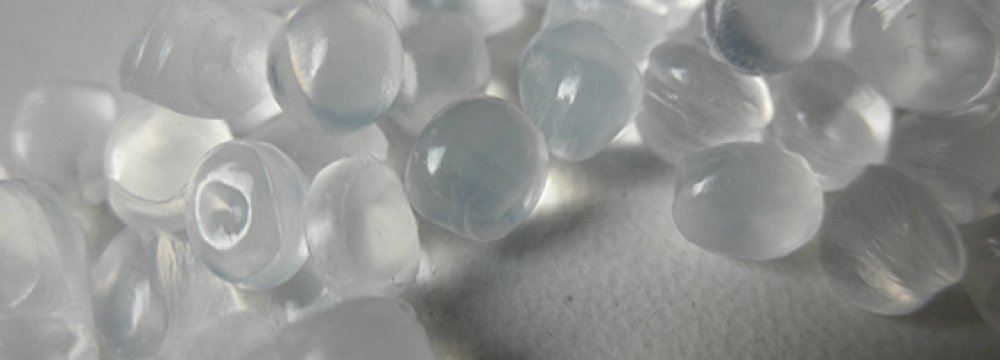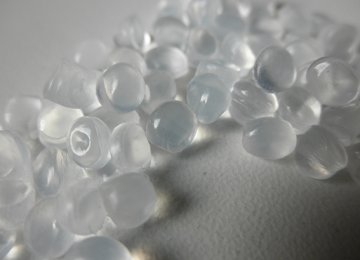Iran’s polyethylene capacity will grow at an annual rate of 13% to 8 million tons a year by 2020 from 4 million tons a year in 2015, due to post-sanctions investments, according to an analyst with petrochem-focused Beroe Consulting.
“Natural gas as a cheap petrochemical feedstock is a game changer for Iran,” Jayant Mukherjee said on Friday at the Polyolefin Outlook 2016 conference in Bali.
“Today it sits on 18% of global gas reserves, sharing the largest [natural gas] field in the world–the South Pars–with Qatar.”
Mukherjee said Iran’s polypropylene capacity will also grow at 9% per annum to 2 million tons a year from 1 million tons a year between 2015 and 2020, reported Platts–provider of energy and metals information and a source of benchmark price assessments in the physical energy markets.
“After sanctions ended, Germany’s Linde and Japan’s Mitsui Chemicals were quick to announce a $4 billion investment into several Iranian petrochemical projects, while BASF said it will invest $6 billion in Asalouyeh near South Pars,” Mukherjee said, although the projects are only in their initial stages.
“Post-sanctions Iranian ethylene capacity is poised to grow an average of 9% per annum from 6 million tons in 2015 to 11 million by 2020, with South Pars projects representing the majority of this capacity.”
Mukherjee said the cash cost of producing ethylene from Iranian ethane is an estimated $50-$80 for 1 million ton, making it one of the most competitive in the world.
“Iranian propylene capacity is forecast to grow an average of 15% per annum to 3 million tons by 2020, bolstered by future methanol-to-olefin and methanol-to-propylene projects,” he said.
The analyst noted that methanol capacity, which is expected to feed the MTO/MTP projects, is forecast to grow an average annual rate of about 13% over the period.
“Demand from the EU and Africa will drive Iranian polyethylene and polypropylene exports in the future, but [Iran] will face competition from the US,” Mukherjee said, citing the likely increase of American PE output from shale gas-related projects.





